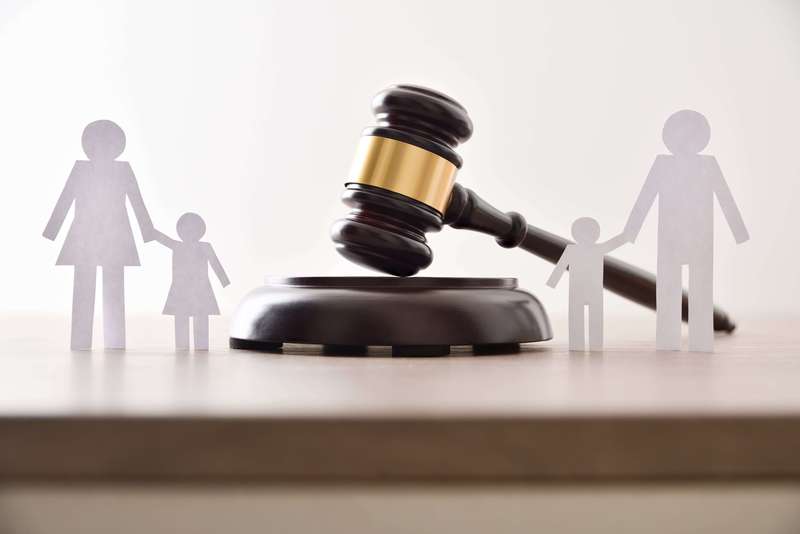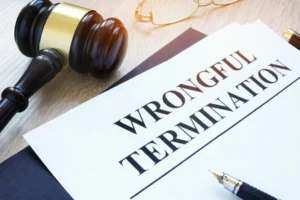
When parents separate, one of the first questions that comes up is how decisions about children will be handled. In England and Wales, a child arrangement order is often used to clarify who the child lives with, how much time the child spends with each parent, and how day-to-day responsibilities are shared. But how long does a child arrangement order last, and what happens when circumstances change? Let’s break it down.
What is a Child Arrangement Order?
A child arrangement order is a type of court order made by the family court. It decides practical details such as:
- Where the child lives.
- How the child spends time with the parent they do not live with.
- Who has parental responsibility for making important decisions, such as education or medical treatment?
This order is legally binding until the child is 18, unless the court states otherwise or the case involves specific exceptions. In some cases, the order may only apply until the child reaches the age of 16 if the court feels that it is in the interests of the child. According to the Ministry of Justice, around 55,000 child arrangements orders are made each year in England and Wales.
How Long Does a Child Arrangement Order Last in Practice?
The general rule is that a child arrangement order remains in force:
- Until the child turns 18.
- Or until age 16, in cases where the court specifically limits it.
- Unless a new application to the court is made to change or end the order.
So, while the order is legally binding until the child is 18, many arrangements evolve as children get older. By the mid-teen years, the court often recognises that older children have more say in where and how they live.
Can a Child Arrangement Order Go Beyond Age 16?
Yes, but only in limited situations. Typically, orders beyond the child’s age of 16 are unusual unless the court believes particular circumstances require it. This might happen if:
- The child has specific needs requiring structured arrangements.
- There are safeguarding concerns.
- The interests of the child are best served by continuing the order.
What Happens if Parents Cannot Agree?
If parents cannot agree on where a child lives or how much time they spend with each parent, an application to the court can be made. The family court then makes the final decision, always guided by the welfare checklist under the Children Act 1989. The key principle is that the interests of the child come first. The court considers factors such as:
- The child’s wishes and feelings (depending on their age and understanding).
- Their emotional and educational needs.
- The likely effect of changes in circumstances.
- Any risk of harm.
What If Circumstances Change After an Order Is Made?
Life rarely stays the same. A parent might move house, work patterns may shift, or a child’s needs can change. When this happens, either parent can make a fresh application to the court to vary or discharge the order. The court will then review whether the original arrangements are still in the interests of the child. For example:
- A teenager might prefer to spend time differently with the parent they do not live with.
- A younger child might need more stability in one home.
- A health or medical treatment issue may affect routines.
Is a Child Arrangement Order Different From a Financial Order?
Yes. While both are types of court decisions, they deal with completely separate issues.
- A child arrangement order is about where the child lives, contact, and parental responsibility.
- A financial order is about dividing property, savings, and income after separation or divorce.
Parents often need both types of orders, but they are handled individually by the court.
Can Children Decide for Themselves?
From age 16 onwards, courts in England and Wales tend to give a lot of weight to the child’s own preferences. This does not mean children can make all decisions, but practically speaking, it becomes harder to enforce an order if a 16- or 17-year-old strongly resists. That said, until they are 18, the order still exists legally unless varied by the court.
What Counts as ‘Parental Responsibility’?
Parental responsibility means the legal rights and duties to care for a child and make critical decisions in their life. These include:
- Deciding on schooling.
- Consenting to medical treatment.
- Making choices about religion and upbringing.
A child arrangements order can grant parental responsibility to someone who would not otherwise have it, such as an unmarried father or step-parent.
Is Mediation Required Before Applying to Court?
In most cases, yes. Parents must attend a Mediation Information and Assessment Meeting (MIAM) before they can apply for a child arrangement order, unless there are urgent issues such as domestic abuse or safeguarding. Mediation gives parents the chance to reach agreements without the need for a family court hearing. This often saves stress, time, and money, and allows more flexible arrangements than those imposed by a court order.
Final Word
So, how long does a child arrangement order last? The short answer is that it usually continues until the child turns 18, but the real-world effect often changes by age 16. The family court has the power to adjust, extend, or end an order if parents cannot agree or if the child’s needs shift over time. If you are unsure about your situation, it’s worth seeking professional advice from a solicitor specialising in family law. Many firms offer no-obligation consultations, and some provide fixed-fee packages for handling an application to the court. Above all, remember that the guiding principle will always be the interests of the child.








